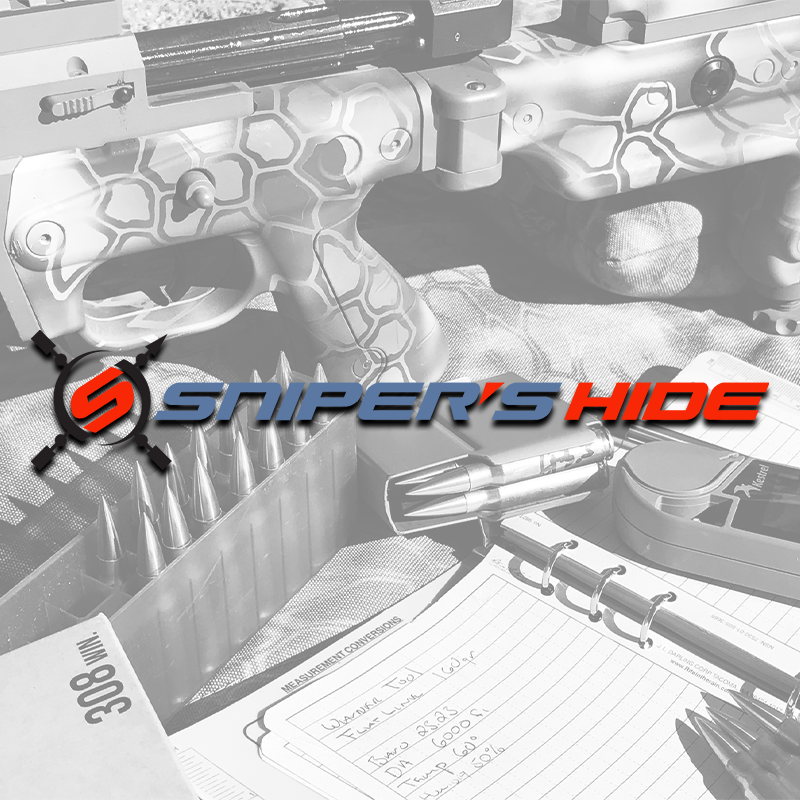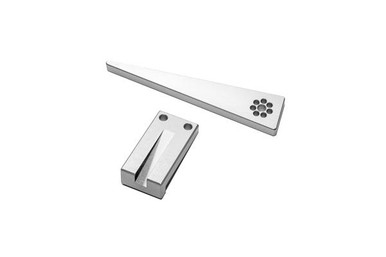I know this has been beaten to death, but just looking for some more insight. New to the long range precision game. I have an 18” SPR gas gun that has a 3.6-18 mark5. My question is this, I’ve always mounted my scopes and put a small level on the flat top reciever and then a small level on the top of the elevation turret. I understand that any can’t and my shots will be far enough off at distance for a miss. So is this sufficient enough to level the reticle? Or should I be placing the scope in the mount, placing it on a level surface and then using a plum line to get the reticle level to gravity?
Gunsmithing Scope reticle leveling to ar reciever?
- Thread starter Lucreau
- Start date



